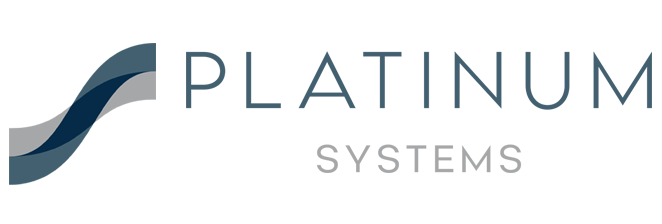
In the world of software, nothing lasts forever. Microsoft has made this clear with the announcement of the end-of-life (EOL) date for its much-loved operating system, Windows 10. Mark your calendars; October 14, 2025, will be the final curtain call. Businesses and individual users must start preparing for this impending transition and its associated implications.
The end-of-life designation from Microsoft signifies the cessation of all technical support for the software product. This encompasses automatic updates, bug fixes, and most critically, security updates. Once Windows 10 goes EOL, it becomes a cybersecurity liability, and a migration to a supported operating system becomes an urgent necessity.
The Importance of Planning Ahead
The transition from one operating system to another, especially for businesses, is no minor undertaking. Factors such as application compatibility, hardware requirements, staff training, and deployment timelines can make this a complex project, demanding meticulous planning.
Here are key reasons to start your preparation for the Windows 10 EOL:
1. Security Risks: Persisting with an unsupported operating system presents severe security threats. With the lack of ongoing patches and security updates, your system will be exposed to evolving cyber threats. Such exposure could lead to data breaches, financial losses, and serious reputational damage.
2. Software Compatibility: Over time, software developers will cease developing applications compatible with Windows 10. Migrating to a newer OS guarantees compatibility with the latest software tools essential for your business.
3. Regulatory Compliance: For businesses managing sensitive data, compliance with regulations like the Health Insurance Portability and Accountability Act (HIPAA) is non-negotiable. Using an unsupported and hence, vulnerable OS, could lead to non-compliance, attracting hefty fines and potential legal action.
Cyber Insurance and Regulatory Compliance
In our current digital age, cyber-attacks have become increasingly common and sophisticated, making cyber insurance a must for many businesses. However, using an unsupported OS like Windows 10 post-EOL could lead to a void in your cyber insurance policy. Most insurers demand businesses to exhibit a commitment to robust digital security practices. A non-updated Windows 10 cannot fulfill these requirements.
HIPAA and other regulatory frameworks mandate stringent security measures for managing and transmitting protected health information. An organization could be held non-compliant, and face serious penalties, if a data breach occurs due to the use of an unsupported OS.
The Path Ahead
How should businesses gear up for the Windows 10 EOL?
1. Identify and Assess: Undertake an audit of all devices running Windows 10 within your organization. Evaluate the impact the EOL will have on these devices and the related business processes.
2. Plan for Migration: Begin planning for an operating system upgrade. Look at compatibility issues, software requirements, costs, and timelines.
3. Train Staff: Ensure your workforce is ready for the transition. Provide them with training on the new OS and make them aware of the reasons for the migration.
4. Test and Deploy: Pilot the new OS on a few devices before a full-scale rollout. This will enable you to identify and address any potential issues or incompatibilities.
5. Ongoing Management: Post-migration, regular maintenance and monitoring of the new system are crucial. Regular updates and patches are key to maintaining your cybersecurity defenses.
The October 14, 2025 end-of-life for Windows 10 is more than an expiration date for a popular OS. It's a call to action for all users to prioritize their cybersecurity readiness, regulatory compliance, and ultimately, their resilience in the face of digital threats. The time to start planning is now to ensure a smooth
The Windows 10 end-of-life date, set for October 14, 2025, represents much more than a simple expiration for a widely used operating system. It's a significant milestone that urges all users to actively prioritize their cybersecurity preparedness, maintain regulatory compliance, and uphold their overall digital resilience. Embarking on the planning and migration process now is the key to ensuring a seamless transition and safeguarding the future of your digital ecosystem. As the old saying goes, "forewarned is forearmed." Let's use the time we have to its fullest potential.

